On the morning of July 19, the storm with the international name WIPHA entered the East Sea, becoming the third storm in 2025, with an intensity of level 10, gusting to level 12. According to the forecast of the National Center for Hydro-Meteorological Forecasting, the storm will continue to strengthen (the strongest wind at sea can reach level 12, gusting to level 15). From July 21-22, the coastal areas from Quang Ninh to Thanh Hoa will be directly affected by the storm, causing strong winds and heavy rains for the Northern provinces and the North Central provinces (Thanh Hoa, Nghe An, Ha Tinh ).
This is a very strong storm, moving quickly, with a wide and dangerous range and intensity of influence on the sea and land. In addition to the direct impact of the storm, the storm's circulation is forecast to cause widespread heavy rain, increasing the risk of flooding, flash floods, and landslides in many areas. Therefore, localities and units should not only focus on responding to the storm but also proactively deploy measures to prevent, combat, and respond to post-storm circulation.
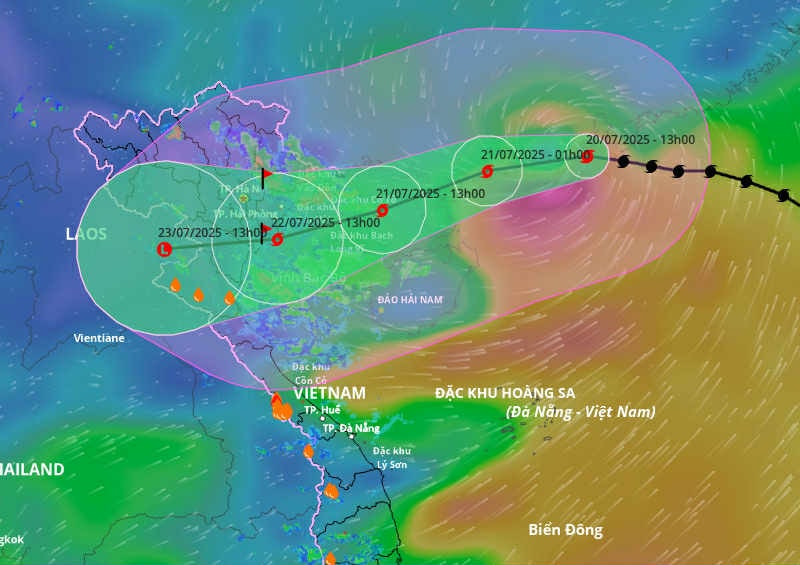
To proactively respond and ensure the safety of people's lives and property and the State, the Chairman of the Provincial People's Committee - Head of the Provincial Steering Committee for Natural Disaster Prevention and Control - Search and Rescue and Civil Defense requests:
Chairman of People's Committee of wards and communes:
- Closely monitor the developments of storms and floods caused by storm circulation; Provide full and timely updates on natural disaster situations to people so that they can proactively respond to ensure safety; disseminate and guide people on response measures and skills, especially strong winds, flash floods, inundation, and landslides.
- Organize to review and prepare plans to evacuate households in dangerous areas, especially coastal areas, areas at high risk of landslides, flash floods, and deep flooding to safe places; have plans to support temporary accommodation, food, and necessities for people who have to evacuate, ensuring stable lives for people.
- Have plans to ensure safety for tourists on islands and coastal areas.
- Prepare measures to ensure safety and limit damage to houses, warehouses, headquarters, public works, industrial parks, factories, power grids, and telecommunications systems.
- Check and review the readiness of flood protection dike plans in the area according to the "4 on-site" motto.
- Be ready to deploy forces to guard and control people and vehicles through culverts, spillways, deeply flooded areas, areas with fast-flowing water, landslides or areas at risk of landslides, resolutely not allowing people and vehicles to pass if safety is not ensured, not allowing unfortunate human losses due to carelessness or subjectivity; deploy forces, materials and vehicles to overcome incidents, ensuring smooth traffic on main traffic routes when heavy rain occurs.
- Check and review key works, unfinished works, small reservoirs that are full of water; organize a permanent team, ready to regulate and ensure safety of works and downstream areas when floods occur.
- Prepare plans to ensure drainage and prevent flooding for agricultural production areas; industrial parks, urban areas, and residential areas.
- Organize 24/7 on-duty to monitor natural disaster situations and organize and deploy measures to respond to storms and storm circulation.
The Director of Nghe An Province's Hydrometeorological Station closely monitored the developments of storm No. 3 and its circulation, forecasted, warned, and promptly informed authorities and people about floods and natural disasters to proactively respond and minimize damage.
The Director of the Department of Agriculture and Environment, based on his functions and tasks, proactively directs and urges localities to deploy appropriate response work to the developments of storm No. 3 and post-storm floods; directs the work of ensuring safety for agricultural production, dykes, irrigation reservoirs, especially key irrigation works under construction such as Ban Mong Lake.
The Director of the Department of Industry and Trade directs the work of ensuring safety for industrial production and safety of hydroelectric dams, especially for small hydroelectric dams.
The Director of the Department of Construction directs traffic guidance and ensures traffic safety in flood-affected areas, promptly resolves incidents, and ensures smooth traffic, especially on main traffic routes.
The Commander of the Provincial Military Command, the Director of the Provincial Police, and the Head of the Provincial Border Guard Command shall proactively direct the readiness of forces and means to support people in responding to storms, floods after storms, and rescue when requested by the locality. The Provincial Border Guard Command shall preside over and coordinate with relevant units to deploy the work of counting, guiding, and ensuring safety for ships and vehicles (including tourist boats) operating at sea and along the coast to proactively escape from dangerous areas or return to safe shelters; based on the developments and forecasts of the storm, promptly advise the Provincial People's Committee to issue a sea ban.
Chairmen and Directors of Irrigation and Hydropower Companies operate and regulate hydropower and irrigation dams scientifically, in accordance with practical situations, ensuring absolute safety of works, contributing to flood reduction downstream.
Agencies: Nghe An Newspaper, Radio, Television and mass media agencies promptly inform about natural disaster situations and response direction of functional agencies, increase dissemination and guidance on measures and skills to respond to storms, floods, landslides, and flash floods for people.
Directors of Departments and Heads of sectors, according to their assigned state management functions, shall proactively direct and coordinate with localities and relevant units to promptly deploy response and recovery work when natural disasters occur.
The Provincial Steering Committee for Natural Disaster Prevention, Search and Rescue and Civil Defense organizes a duty to closely monitor the natural disaster situation, proactively directs, inspects and urges localities to deploy the work of preventing, combating, overcoming consequences, and limiting damage caused by natural disasters; promptly summarizes damage, reports and proposes the Provincial People's Committee to direct and handle issues beyond its authority.
Source: https://baonghean.vn/nghe-an-ra-cong-dien-hoa-toc-ung-pho-bao-so-3-va-mua-lu-do-hoan-luu-bao-10302725.html



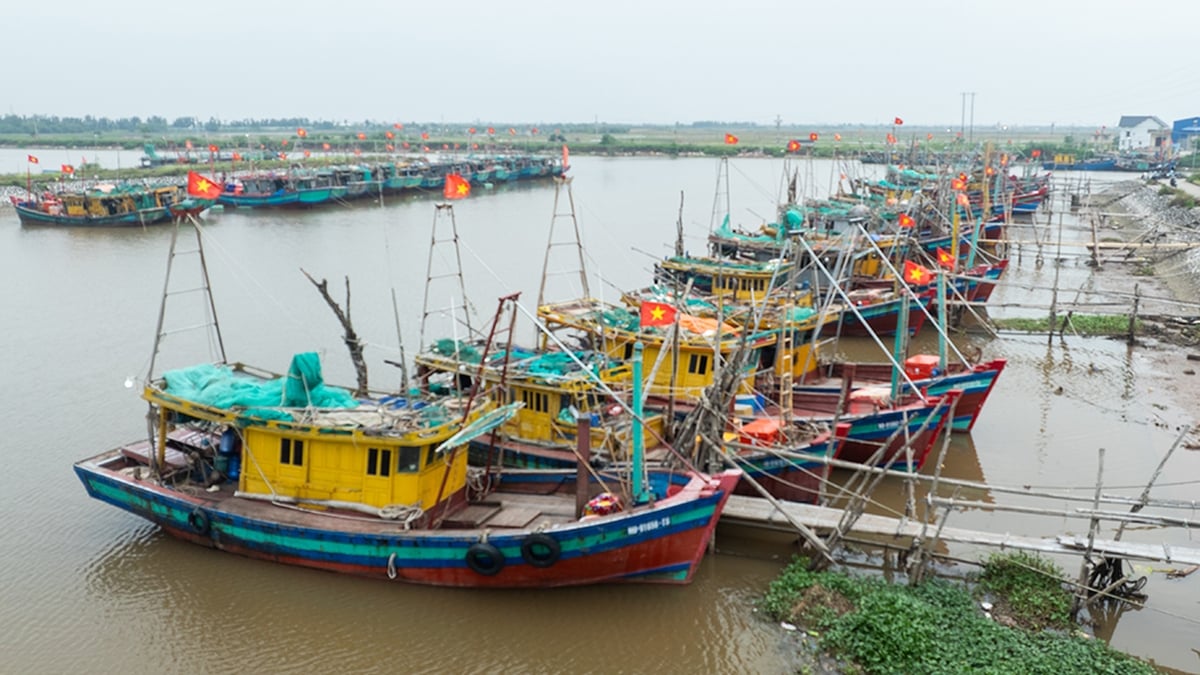
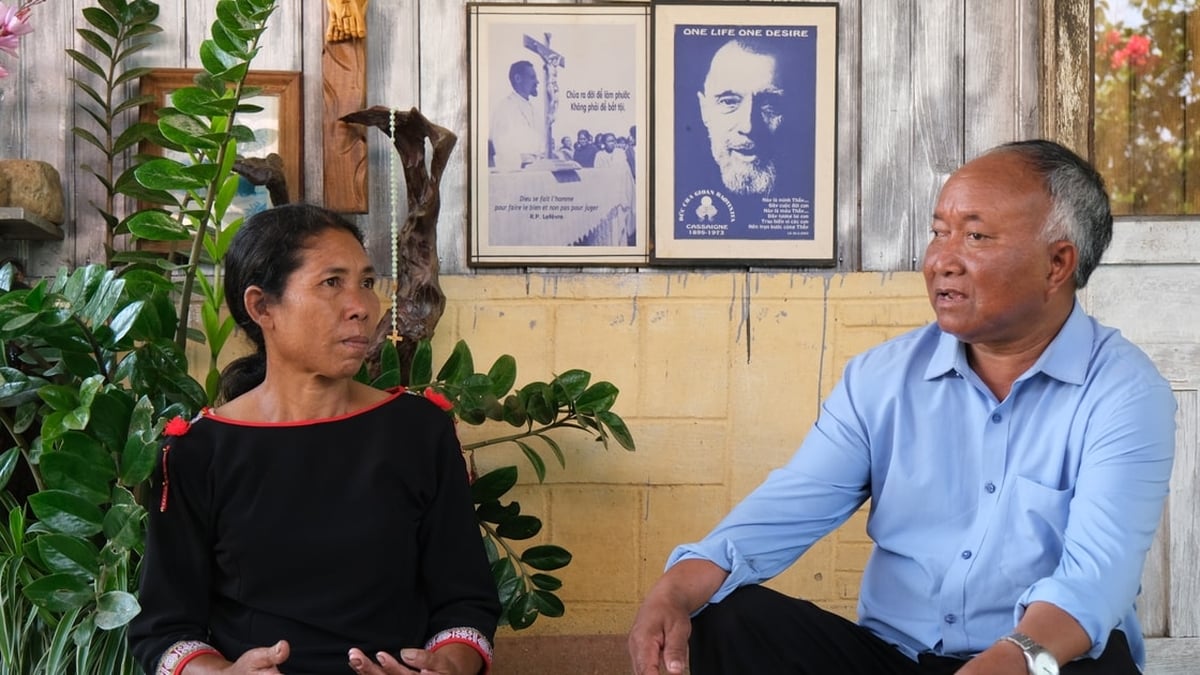

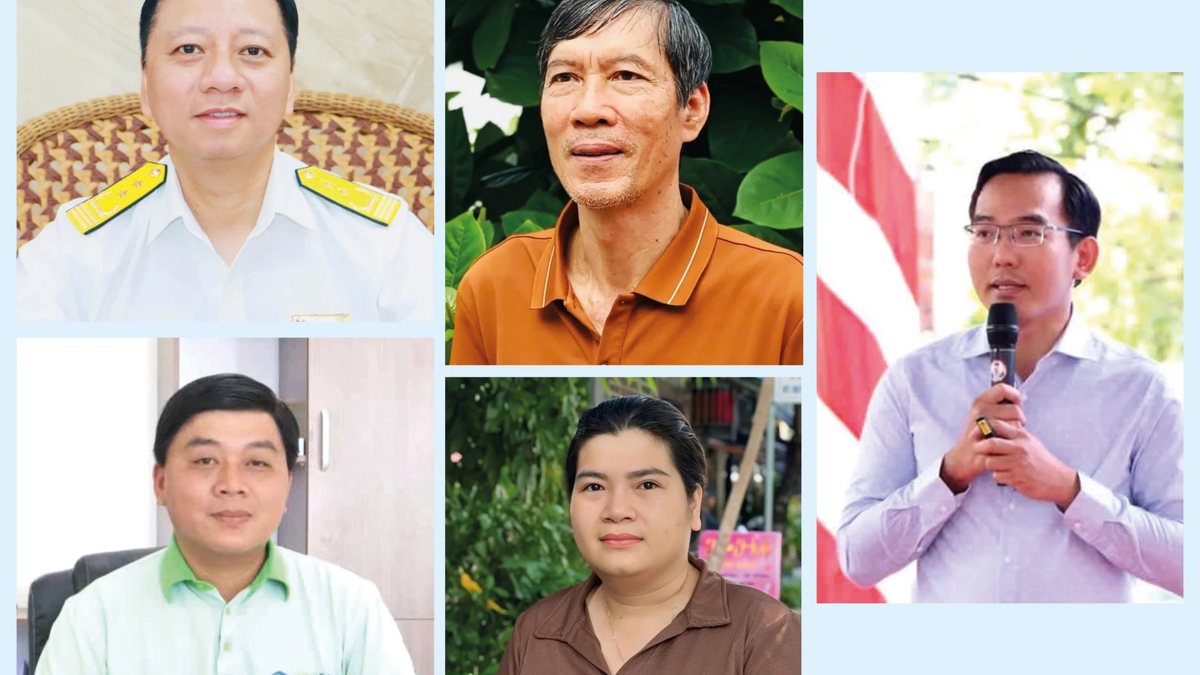


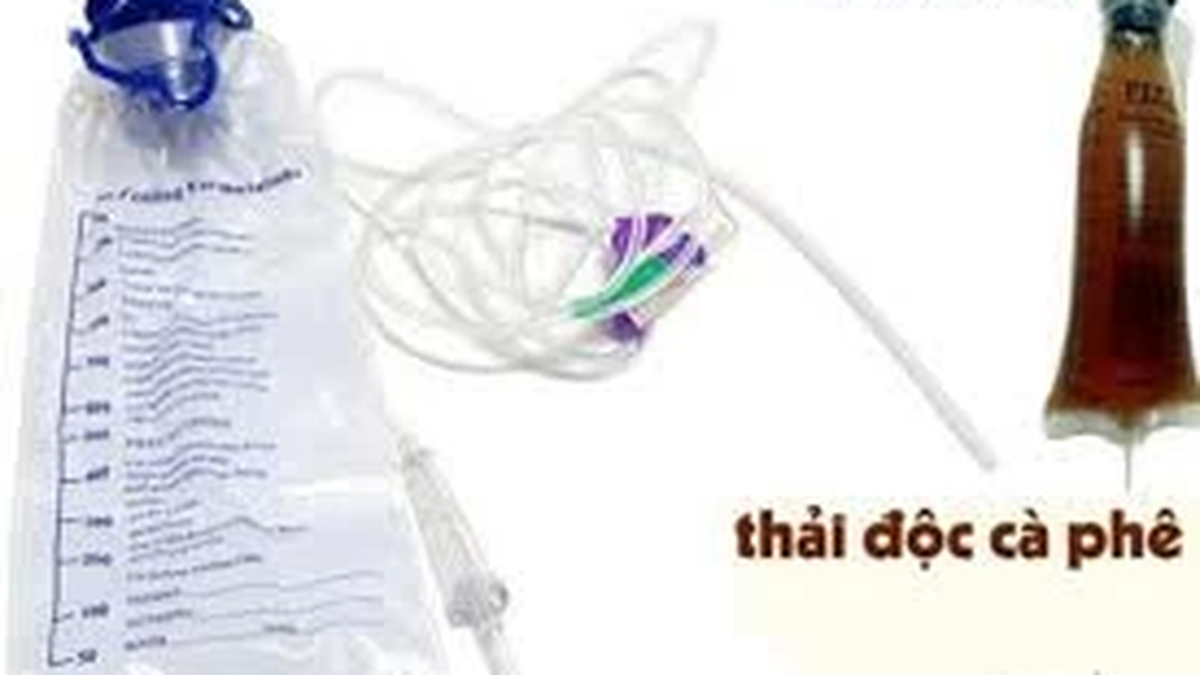
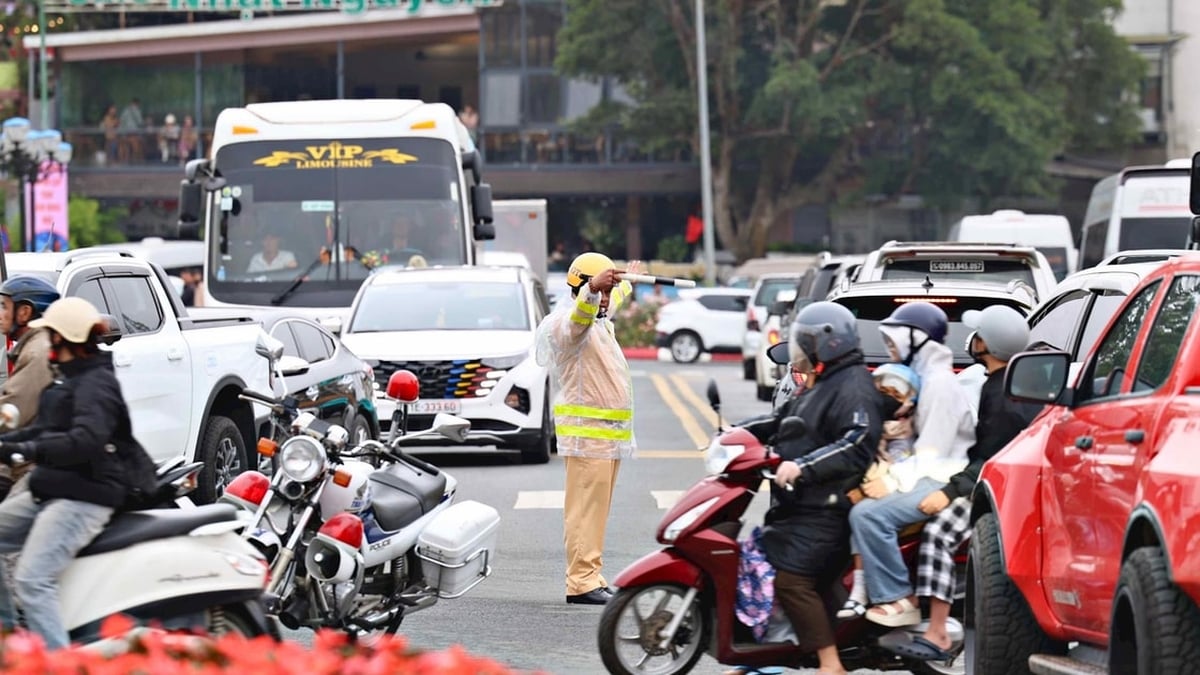
















![[Photo] National Assembly Chairman Tran Thanh Man visits Vietnamese Heroic Mother Ta Thi Tran](https://vphoto.vietnam.vn/thumb/1200x675/vietnam/resource/IMAGE/2025/7/20/765c0bd057dd44ad83ab89fe0255b783)





































































Comment (0)